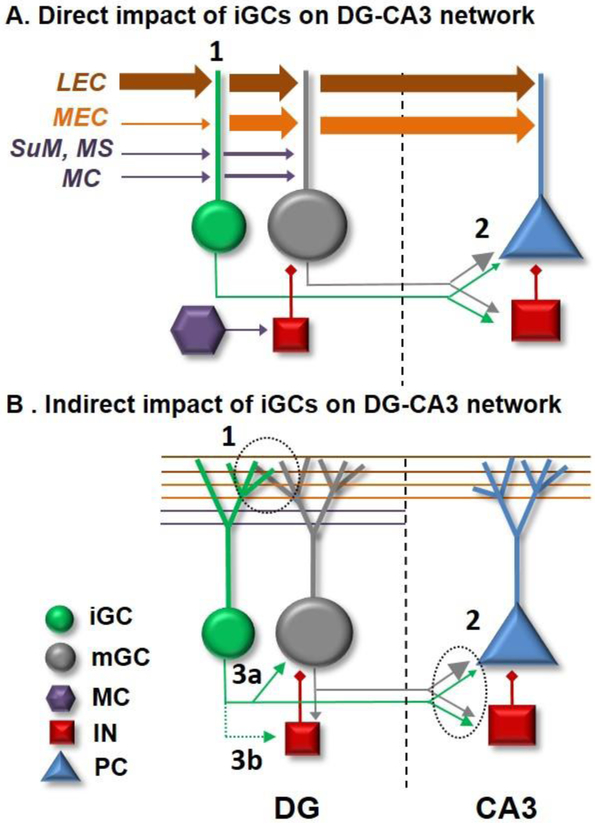Figure 2. The role of adult neurogenesis in DG circuit function.
A. Adult born, immature granule cells (iGCs) directly impact the activity of DG-CA3 network. IGCs receive stronger inputs from lateral entorhinal cortex (LEC) than medial entorhinal cortex (MEC) compared to more similar strength inputs onto mGCs, while innervation from mossy cells (MC) and ascending inputs from areas such as supramammmillary nucleus (SuM) and medial septum (MS) onto iGCs increase as they mature (1). Both MC and SuM projections preferentially target the DG compared to CA3, unlike projections from LEC and MEC, which may be critical for changing the activity patterns in the downstream CA3 recurrent network. Maturation of large mossy fiber terminals of iGCs targeting pyramidal neurons proceeds at a slower pace compared to those of filopodia contacting interneurons (2), suggesting that the net impact of iGCs on the activity of CA3 network during their critical period may in fact be inhibitory. B. IGCs indirectly modify the activity of DG-CA3 network. IGCs can modulate the local DG network activity through competition with the existing excitatory synapses from afferents onto mGCs (1) or mossy fiber innervation onto CA3 (2). Alternatively, iGCs may monosynaptically activate mGCs (3a) or disynaptically recruit inhibitory interneurons (3b) to modulate the outputs of the DG to CA3.

